Contact us by email here
24-hour reception / Answer: Weekdays 9:00AM - 5:00PM
Contact us by email here
24-hour reception / Answer: Weekdays 9:00AM - 5:00PM
Welfare equipment development project column

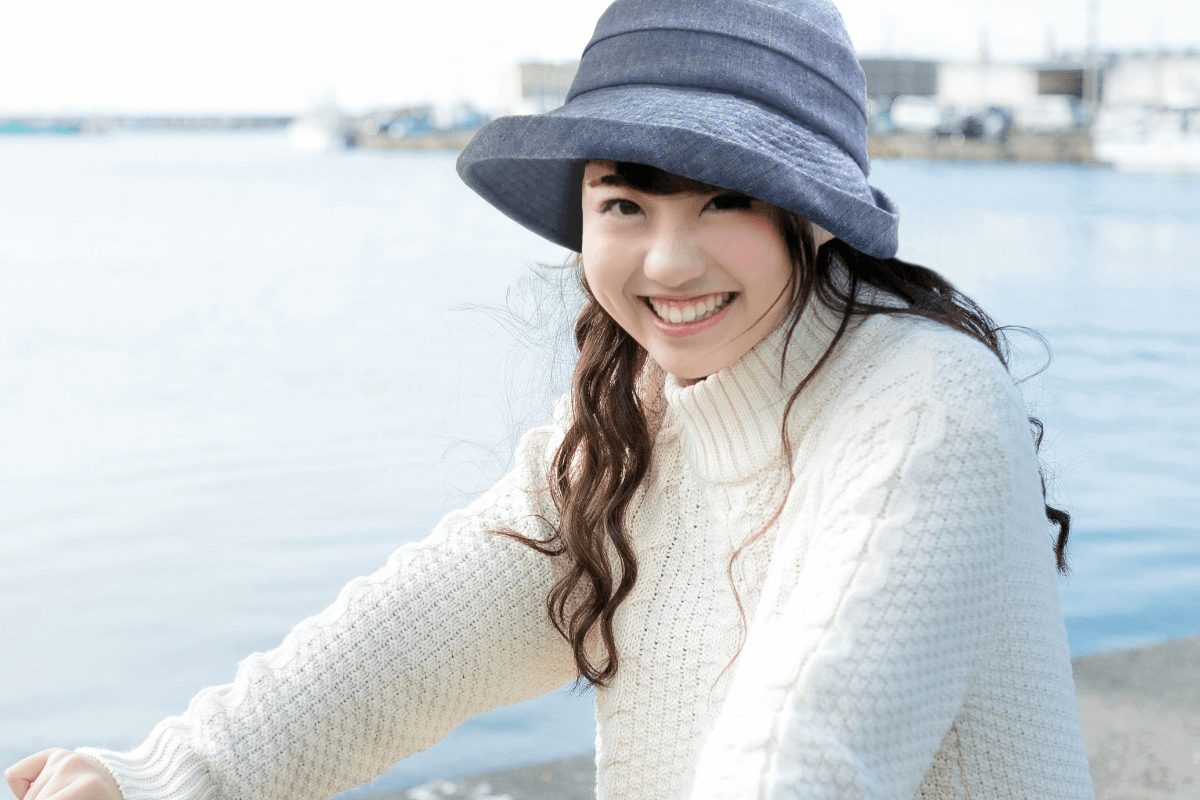
HOME / List of columns on welfare equipment development projects / Head Guard Fit / A thorough explanation of why protective helmets can be used for epilepsy
Head Guard Fit
table of contents
These hats have built-in cushioning to protect the head from falls by physically disabled people (children) and self-harming by mentally disabled people (children), and are eligible for the benefit of daily living equipment. Many of them are shaped like sports head protectors (headgear), but in recent years, there has been an increase in product lineups that emphasize design so that they can be mistaken for ordinary hats at first glance, and their range is expanding regardless of whether or not the person has a disability.
Not all epileptic seizures result in falling. However, there is a risk of this happening in many seizures. If you are unable to put your hands on the ground or avoid objects when you fall, you may injure your head, which is very dangerous. Tonic-clonic seizures are particularly dangerous because they cause you to suddenly lose consciousness and fall like a rod. Other types of seizures include atonic seizures, in which the body suddenly loses strength and falls, and myoclonic seizures, in which part or the whole body twitches for an instant. Even if the symptoms of epilepsy are controlled by medication, etc., seizures can occur without warning. The risk of falling increases when you temporarily lose consciousness or your body becomes rigid. If you fall from a standing position, your head will hit the ground from a height of more than 1m, causing a large impact to your brain. A head protection helmet can reduce the risk of serious accidents such as cerebral contusion to about 1/30 to 1/14 by mitigating the impact, and is expected to prevent serious injuries. We recommend wearing a head protection helmet to prevent serious accidents such as falls when you change your medication or feel excessive stress.
We don't know when or who will develop epilepsy symptoms. If epilepsy develops during childhood, when children are active and active, the risk of falling due to seizures is expected to be higher than in adults. The bones in a child's head are still developing, so if they are hit hard, the damage to the brain can be significant and there are concerns that they may have lasting aftereffects. Children who are not used to seizures and cannot control their symptoms well should wear a head protector to prepare for the worst.
People who are at risk of frequent falls due to epilepsy seizures may be eligible to receive benefits for daily living aids for people with disabilities. Eligibility requirements and benefit amounts vary depending on the local government, so please contact the relevant office in your city, ward, town, or village. For more information,Explanation of head protection helmets and daily living equipment benefitsPlease see.
Please note that head protection helmets are not covered by medical insurance, nursing care insurance, or various deductions.
Among the Kiyota Head Guard series, those marked as tax-exempt are recognized as "head protection hats" for daily life for the disabled and are eligible for benefits. For products marked as tax-exempt, the decision varies depending on the municipality, so please check with your local municipality. If you wish to utilize the benefit, a doctor's opinion is required for application. Please inform your doctor of this and ask for a decision. Since the range of protection varies depending on the product in the Kiyota Head Guard series, please check which part of the head is protected in the catalog, etc., and select according to your purpose. If the size is too large, it may come off, so please check the actual head circumference and the listed size. If you would like to see the actual product, you can try it on and purchase it at our company (Minato-ku, Tokyo) (*Reservation required). If it is difficult for you to visit us, we will introduce you to the nearest store (welfare equipment store) that can handle it, so please feel free to contact us.
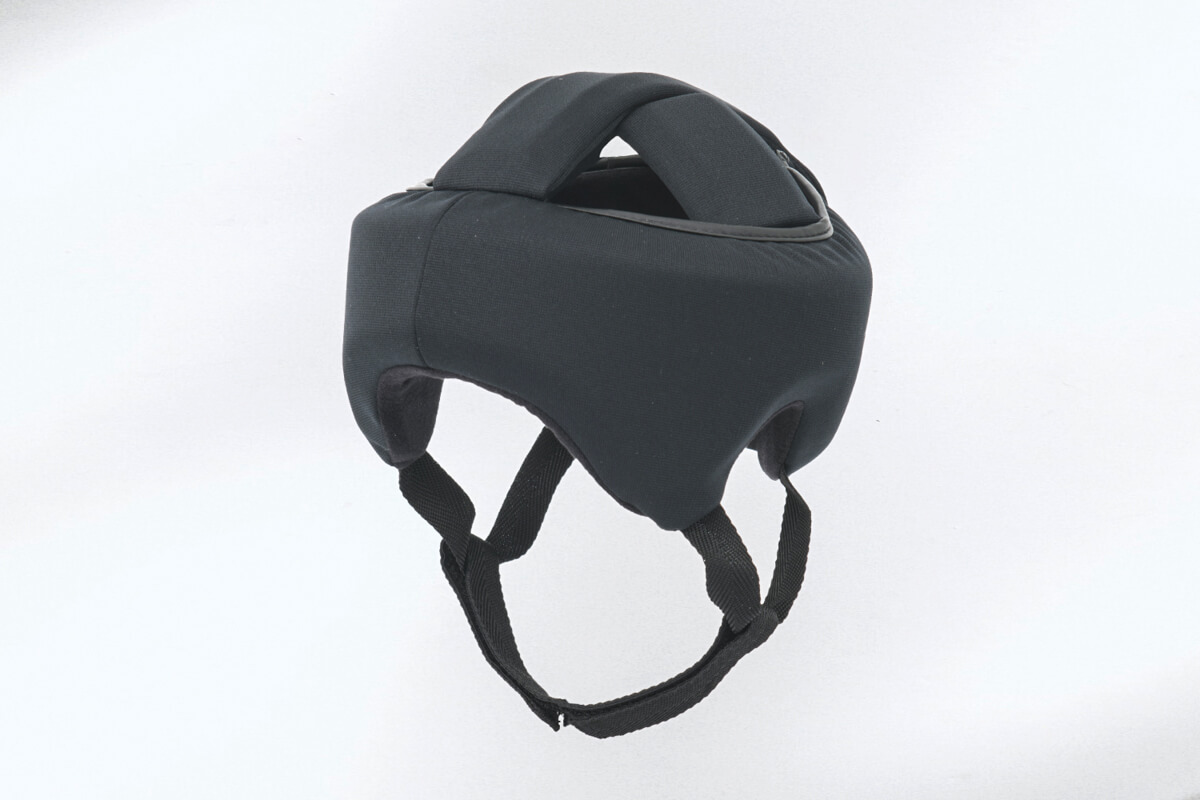
For those who fall often and are considering purchasing a head protection helmet using the subsidy for daily living items, we recommend the Head Guard Fit, which is washable and allows you to fine-tune the head circumference and depth by changing the position of the Velcro fastener. Purchase here
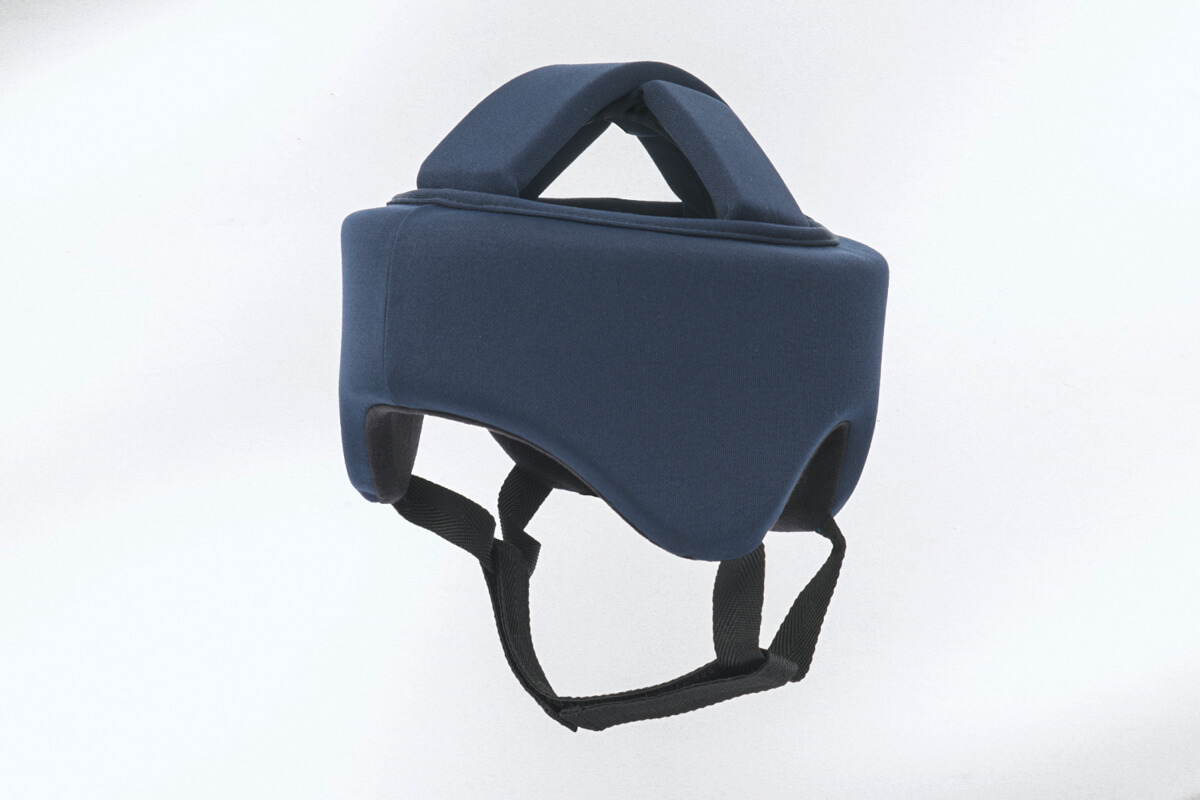 For those who wish to minimize their out-of-pocket expenses as much as possible, we recommend the Head Guard Light, which uses the same shock-absorbing material as the Head Guard Fit, retains the same basic performance but omits the size adjustment function to reduce costs. Purchase here
For those who wish to minimize their out-of-pocket expenses as much as possible, we recommend the Head Guard Light, which uses the same shock-absorbing material as the Head Guard Fit, retains the same basic performance but omits the size adjustment function to reduce costs. Purchase here
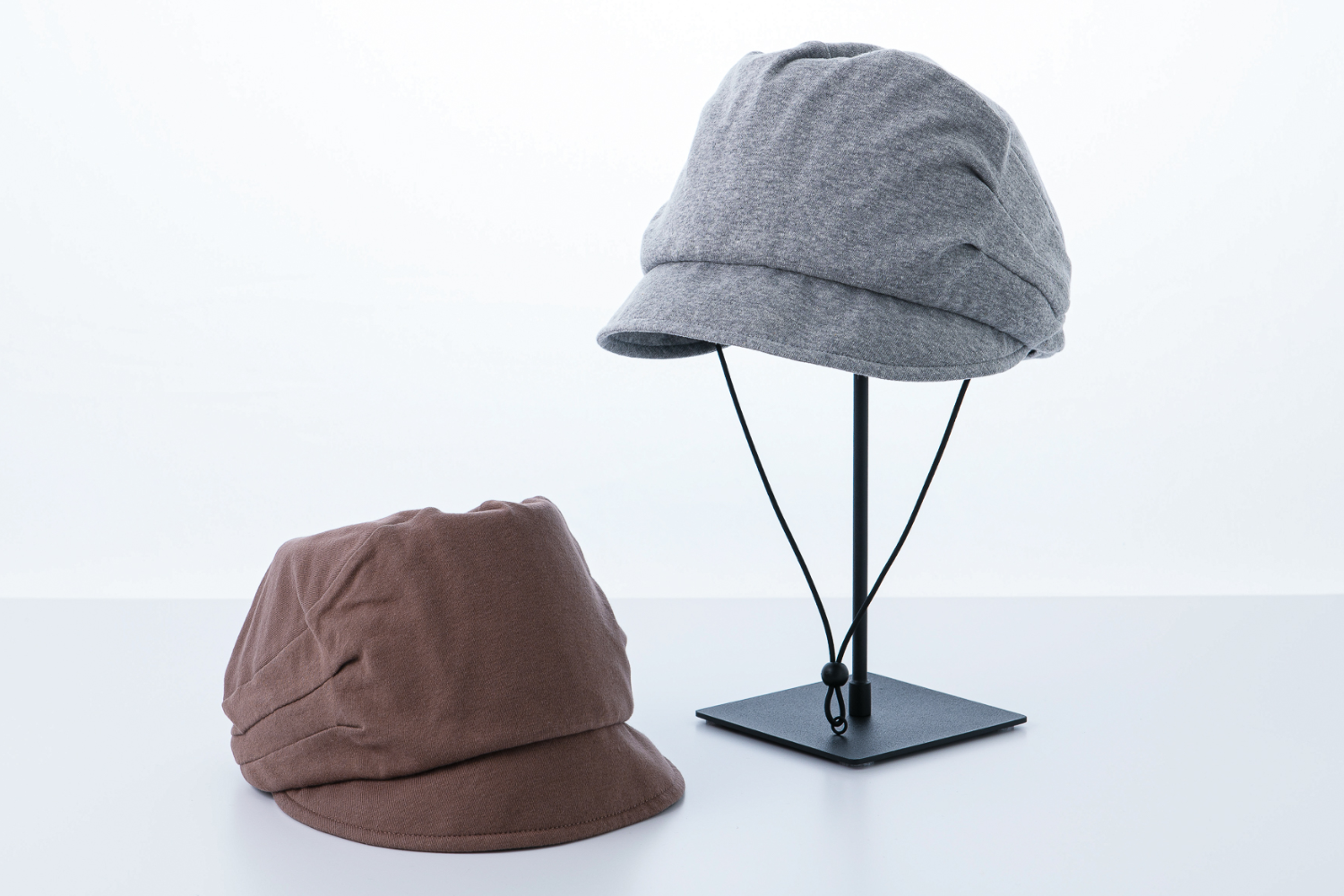 For those who are considering wearing a hat just in case, we recommend the "Odekake Head Guard® Series," which is easy to wear and comparable in design to commercially available hats. Some Odekake Head Guard® Series products cannot be washed due to their material. *Note: Please check with your local government to see if you can use the benefit. For those who want to enjoy fashion by combining it with their favorite hat, there is also the option of the "Odekake Head Guard® Separate Type Inner." Purchase here
For those who are considering wearing a hat just in case, we recommend the "Odekake Head Guard® Series," which is easy to wear and comparable in design to commercially available hats. Some Odekake Head Guard® Series products cannot be washed due to their material. *Note: Please check with your local government to see if you can use the benefit. For those who want to enjoy fashion by combining it with their favorite hat, there is also the option of the "Odekake Head Guard® Separate Type Inner." Purchase here
Q: How do protective helmets help people with epilepsy?
A: Not all epileptic seizures result in a fall. However, many seizures pose this risk. If you are unable to put your hands on something or avoid something when you fall, you may injure your head, which is extremely dangerous. Tonic-clonic seizures are particularly dangerous because they cause you to suddenly lose consciousness and fall straight down. We recommend wearing a head protection helmet to prevent falls from becoming serious.
Question: Are Kiyota safety helmets recommended for children?
A: Children's heads are still developing and the bones are not yet fully formed. If they are hit hard, the damage to the brain can be significant and there is concern that they may suffer from aftereffects. Children who are not used to having seizures and cannot control their symptoms well should wear a head protector to prepare for the worst case scenario.
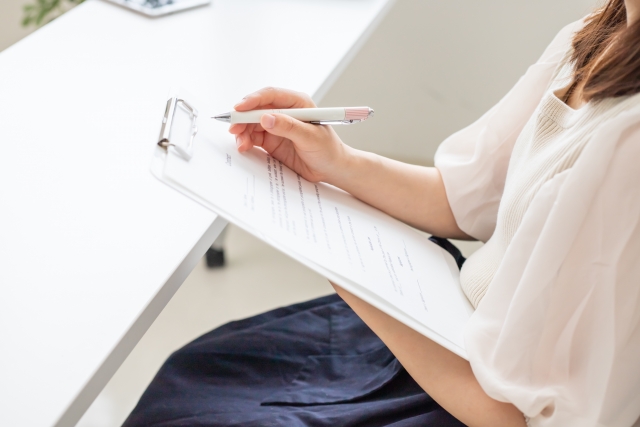
Head Guard Fit
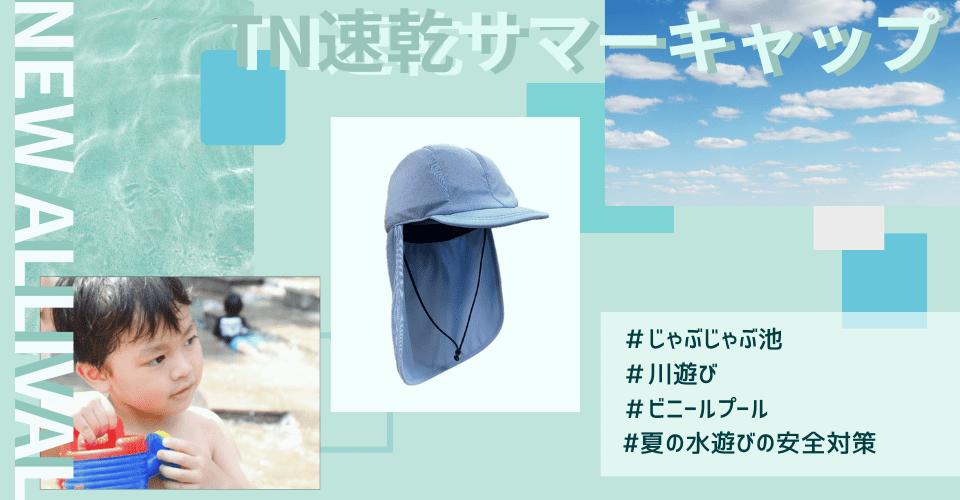
Head Guard for Outings
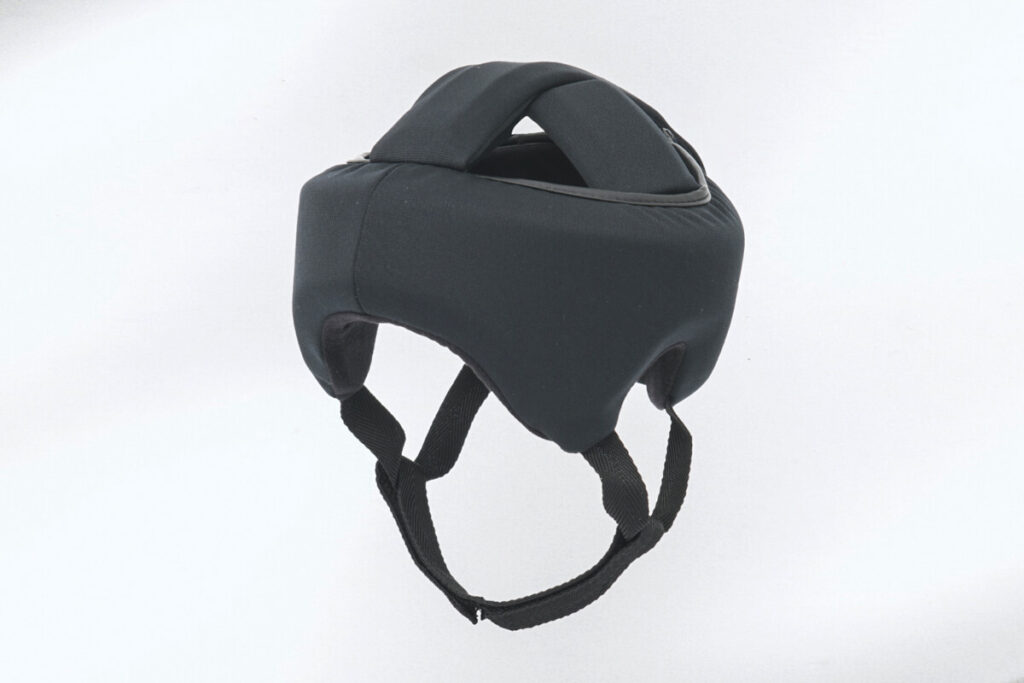
Useful Content
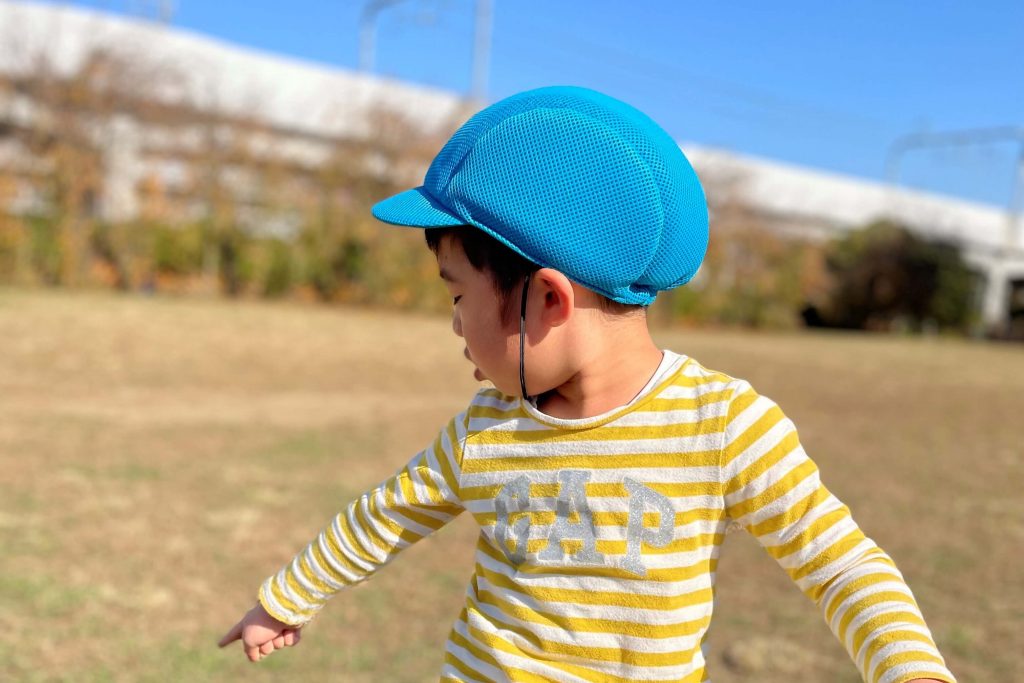
Head Guard Fit

Useful Content
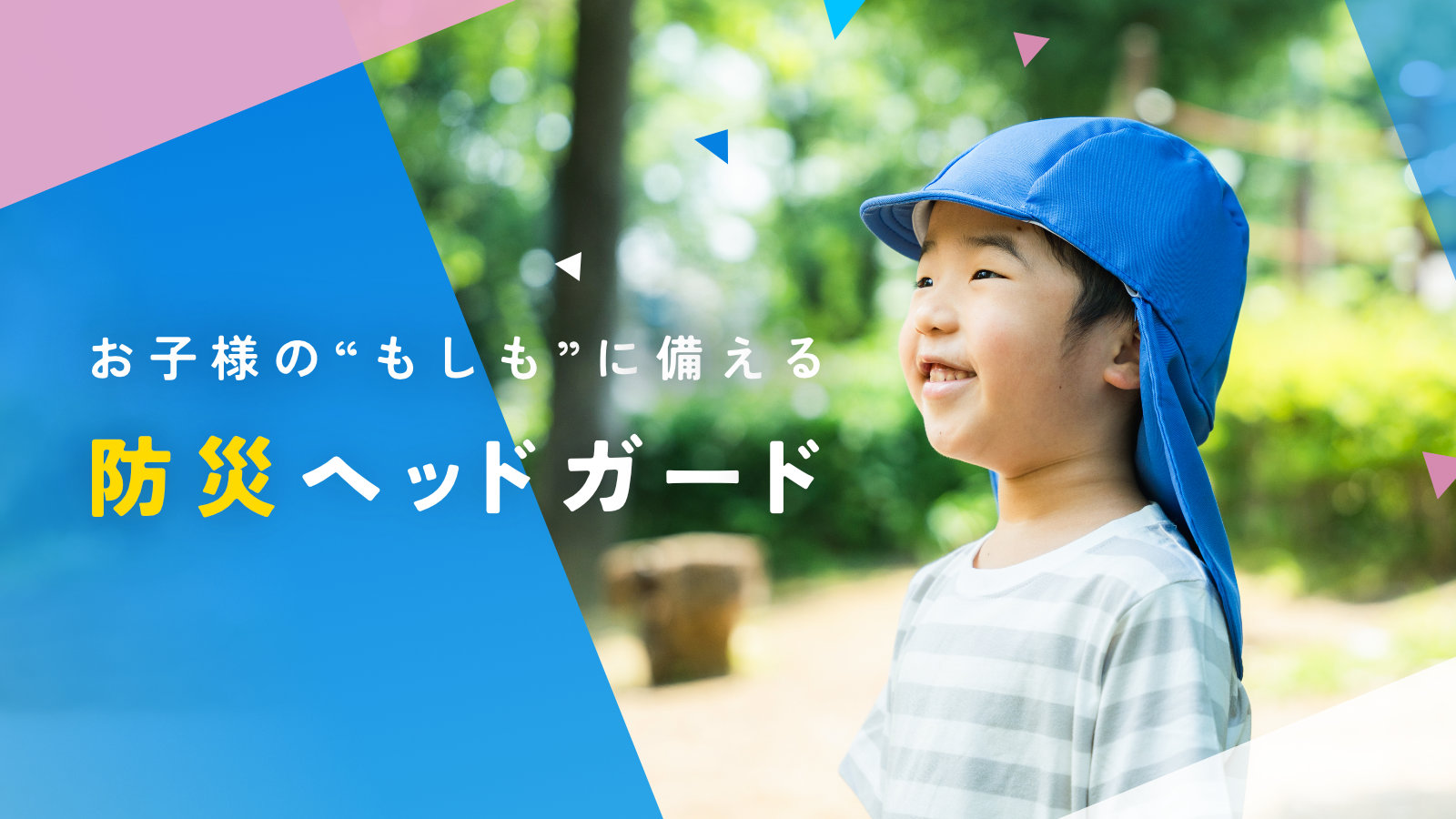
Useful Content
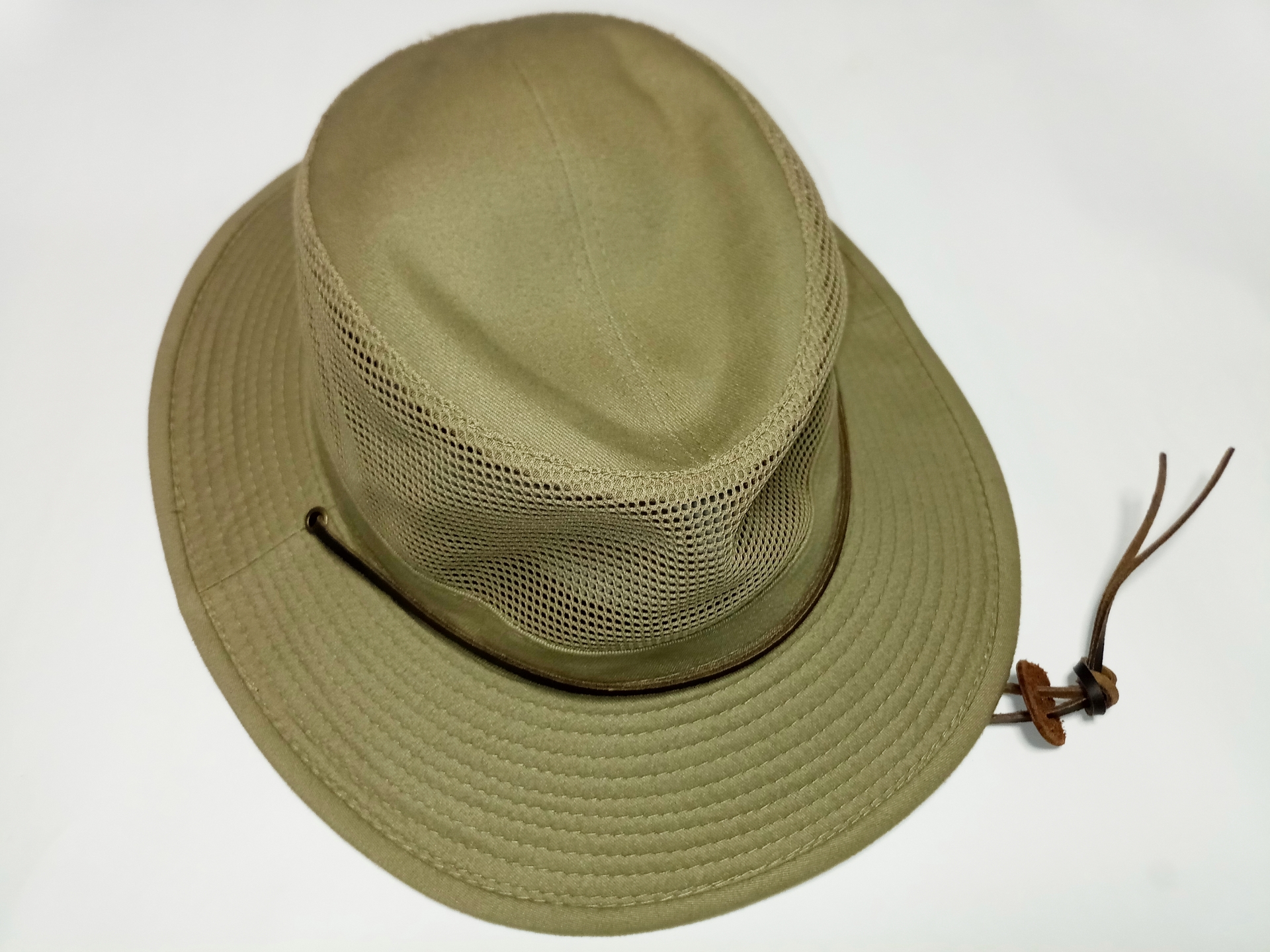
Head Guard for Outings